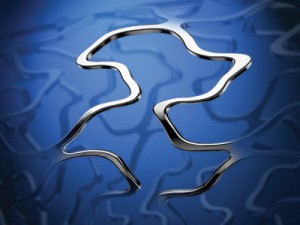Telling the Story of Technical Information
Published on August 30, 2012
What do storytelling and technical presentations have in common? At first, you may think, “absolutely nothing!” And yes, there is a deep chasm between The Brothers Karamazov and the update you give your boss about progress with the design of a drug-eluting stent (just to give an example).


But technical presentations can be made more memorable, even teach audiences more effectively, if we incorporate narrative and storytelling into the work. By “storytelling,” I don’t mean that you should regale your audience with a recitation about your weekend activities, or recount what your four-year-old said at the dinner table. Instead, I’d like to take a page from research in psychology and from lessons of non-fiction writers. According to Benedict Cary, writing in the May 22, 2007 issue of the New York Times,
“Researchers have found that the human brain has a natural affinity for narrative construction. People tend to remember facts more accurately if they encounter them in a story rather than in a list, studies find”
Based on the studies that Cary cites in the article, those of us who give technical presentations should consider how we can incorporate relevant narrative elements into the facts of the project; doing so will increase the chances that the audience will learn and remember what we say. And they might even thank us for being interesting, double bonus!
Now for the “how.” How can technical content employ narrative strategies? How can I tell a story about the drug-eluting stent? I’d suggest using “The Yellow Test” on your next presentation. Following the advice of non-fiction writer and teacher Lee Gutkind, and using a yellow highlighter, trace the scenes of your story through the presentation, highlighting the beginning, the middle (the scenes/episodes/events that tell the story), and the ending. In the example I am using here, the Yellow Test should highlight the beginning of the design process, that is, the problem that the engineers are trying to solve. The scenes could include the design decisions made along the way, the challenges, the failures, the successes, and other elements, shown as a coherent narrative. The end, well, let’s hope the end is clear in the product.
You might consider the narrative dimension of the next presentation you have to sit through. Ask yourself, does this presenter tell me a story with the data? I sure hope so.
http://opinionator.blogs.nytimes.com/2012/08/27/the-yellow-test/
http://www.nytimes.com/2007/05/22/health/psychology/22narr.html?_r=1

